Everything you need to know about guitar amps
Stuck wondering “which guitar amp should I buy?” Read on to understand your combos from your heads, and your tubes from your effects loops
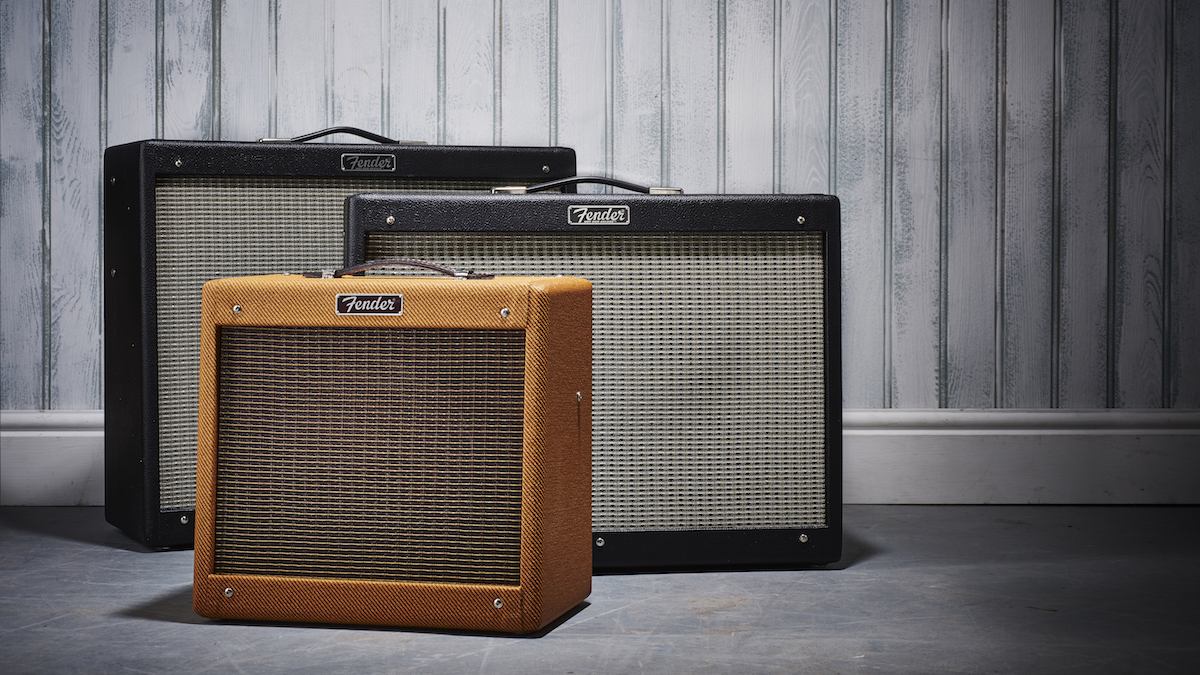
Buying a new guitar amp is a big decision. After all, it’s the amplifier – more than the guitar – that has the single biggest impact on your sound. It’s where you take the voice of the guitar and transform it into something unique.
It makes sense therefore to give serious thought to what it is you want from an amplifier. Is it meant as a blank canvas for your extensive guitar pedal collection? Or are you looking for the specific gain channel of a certain brand to help you achieve a certain sound?
Whatever your goal, we are here to help. In this guide we break down some of the terminology and techniques used by amp brands to persuade you theirs are the best.
- Best guitar amps: tube, solid state and modeling amp for all budgets
- Best guitar amps under $1,000: top combo amps and heads
- Fewer funds? These are the best budget guitar amps under $500
What do you need?
You can trust Guitar World
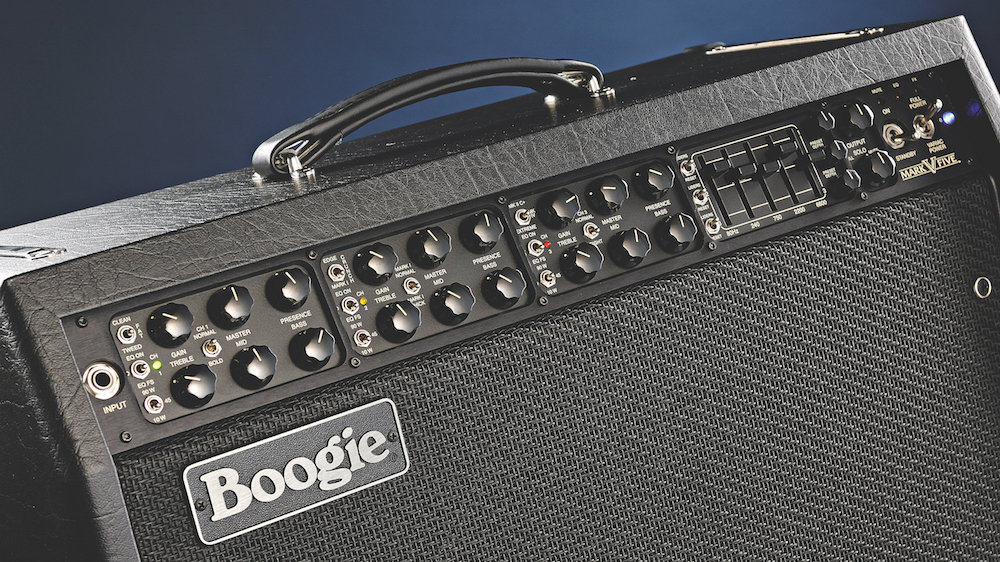
It’s a fairly simple question, but a crucial one when it comes to choosing a new guitar amp. It’s easy to be attracted to all manner of technical specifications or interesting features, but if you’re just noodling away at home then the chances are you don’t need a 100-watt valve head. Your neighbors would probably agree.
The best strategy, right at the start, is to decide what you want the amp for – other than amplifying your guitar – and work from there. Is it an amp to keep on a shelf in the front room, ready to use during the TV advert breaks that doubles as a Bluetooth speaker, like the Blackstar ID:Core BEAM? Or is it a rugged, feature-laden monster, like the Mesa Boogie Mark V, designed to travel the length and breadth of the country while you tour. Cut your cloth accordingly.
Types of guitar amp
Typically, amplifiers tend to fall into two categories; combo amps, or amp heads. But first, how do guitar amps work? Well, they taking the electrical signal from your guitar pickups, feeding it through an electronic circuit where the tone is ‘shaped’, then amplifying it before driving it towards your chosen speakers. In a combo amp, this entire process happens within a single unit, making them extremely convenient.
Amp heads, on the other hand, conduct only the tone shaping and amplification and require a separate speaker cabinet to output the sound. This gives the advantage of being able to mix and match heads and cabs to create unique sounds, but does add an extra layer of gear – and potential cost – to your rig.
Another type of amp is growing in popularity; the amp sim. Many modern multi-effects or software packages, like IK Multimedia’s superb Amplitube series, offer essentially software versions of the amplification process. These are ideal for recording, and can offer a plethora of different amp styles to choose from, but lack the tactile experience of a hardware amplifier.
- The best desktop guitar amps you can buy today
- The best amp modelers: rack-mounted and floorboard options
Guitar amp features
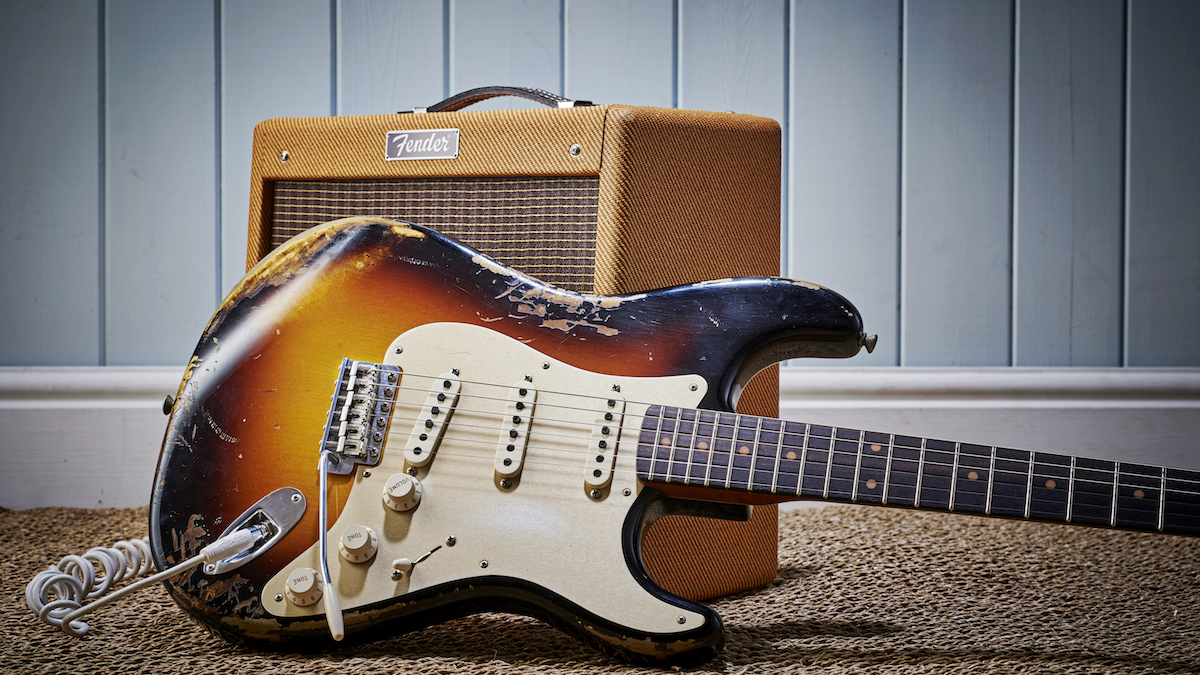
Despite how they may appear, amplifiers are inherently quite simple. The technology used in tube amps has been around for over a century, and on its own is capable of producing superb sound without a tonne of extra functionality. Fender’s Pro Junior series, for example, has only a volume and a tone control, but has been a steadfast part of Fender’s line-up since it was introduced in 1993.
That’s not to say all amps are simple though. Most amps will include some kind of tone stack, which allows the user to accentuate the bass, middle and treble of their tone. Often, you’ll find reverb, whether physical in the form of spring, or digitally modelled.
Tube amp users will want to pay attention to the type, and number, of tubes used to create the tone. Certain tubes sit naturally with certain types of tone – like the EL84s used in many Orange Amps models, for example – while the number of 12AX7 pre-amp valves will dictate how much of that creamy gain you can layer up.
Away from the sound itself, you may see features like recording outputs, output switches which allow you to ‘tame’ a louder amp, and effects loops. More on these later…
Tube amps vs modeling amps
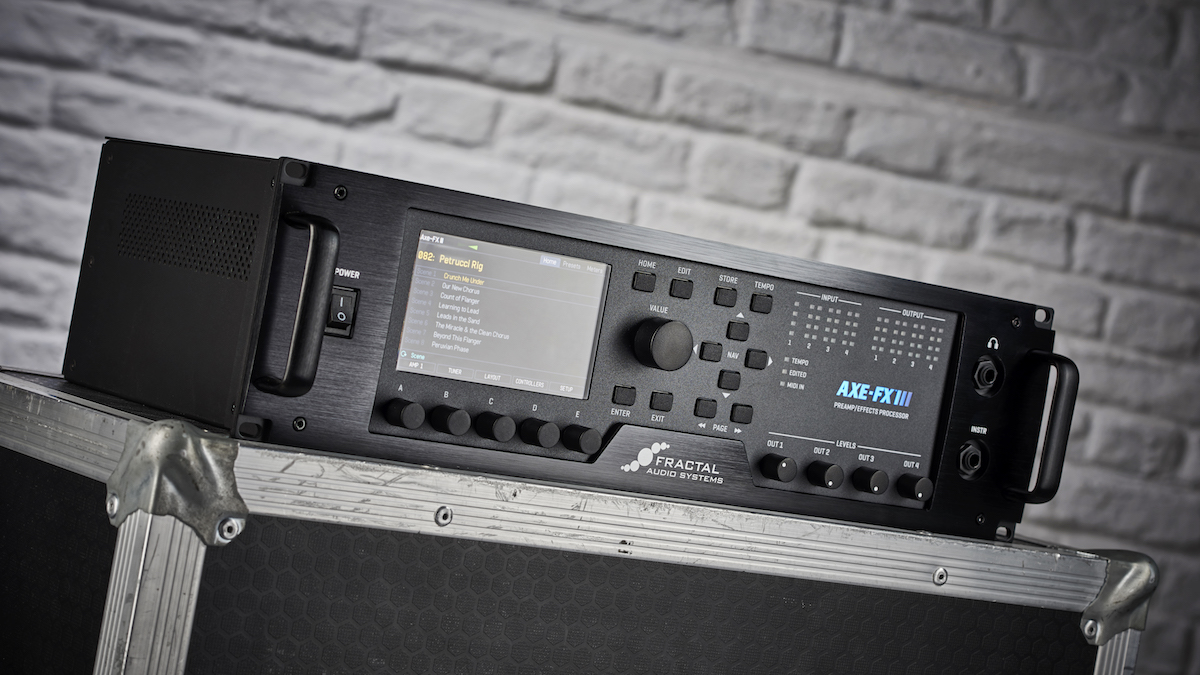
It used to be that tube, or valve, amps were the bottom line in quality guitar tones, but that has changed. Nowadays, modelling and amp-simulation tech have bridged the gap immensely. With even basic gear, anyone can get quality approximations of those incredible power amp harmonics. Some modelling amps, like the Blackstar ID range, even go as far as giving you a choice of emulations of specific tubes themselves. At the top end, systems like the Fractal Audio Axe FX have pushed the boundaries of what software and electronics can achieve.
As an aside; if you are planning on going down the software or amp emulation route, and you want to perform shows using this rig, you’ll need to consider amplification. As in, amplifying the sound, not just choosing its color. This could be achieved through a dedicated power amp, or through flat-frequency response monitors. Not a huge problem, but worth keeping in mind.
Additional sounds
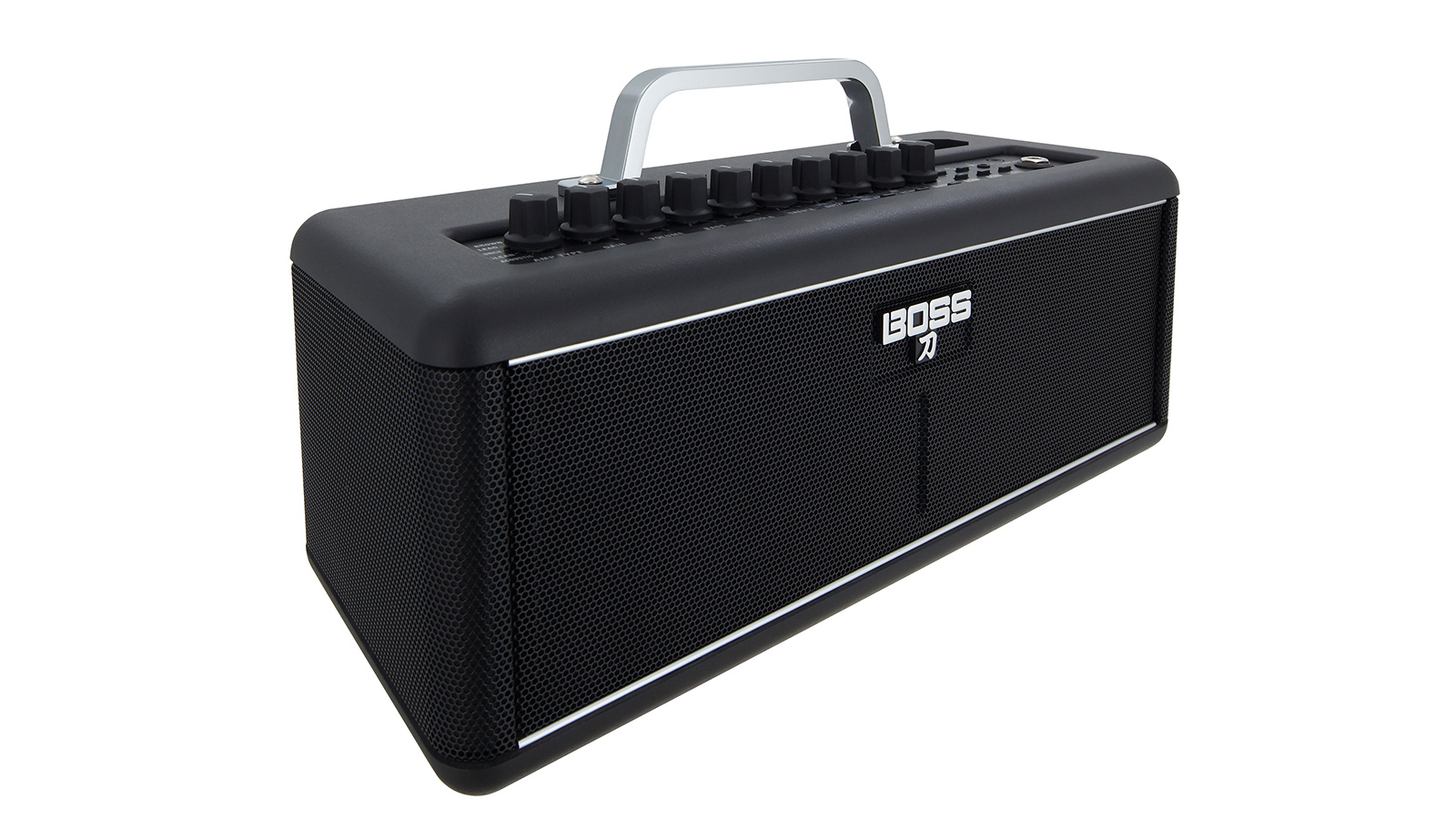
As well as the more traditional job of amplifying a signal, many amps now include in-built effects. You’ll see this mainly on modelling amps, where entire virtual pedalboards can be included within a single box. There’s an emerging trend for these effects to be controlled via the Bluetooth connection on your smartphone and tablet too, as they are in the Boss Katana Air. Realistically these sounds aren’t going to be world-class, and you won’t be filling any stadiums with them, but they do provide flexibility and the option to experiment.
Guitar amps and recording
So, you’ve got your sound and you’re happy. Naturally you’re going to want to record yourself. If you’ve gone down the route of classic tubes for your tone, you’ll probably need to investigate microphones and, if we’re honest, that is a whole other conversation.
Smaller practice-type amps, however, will often come with either a cabinet emulator or USB output. A cabinet emulator means you can plug directly into a mixing desk or audio interface, and the amp will take care of mimicking the effect of it being plugged into a speaker cabinet. USB is arguably even more handy, as it means you can record a pure, clean signal directly into your recording software, ready for production and mixing. Simple!
- Best amps for metal: the loudest and proudest amps
- Best practice amps: develop guitar and bass at home
Effects loops
If your love for pedals and effects is serious, you’ll want to look for an amp with an effects loop. These deal with the signal and the route it takes from your guitar and through the amp circuit. Where a non-effects loop system will run directly from guitar to pre-amp to power-amp to speaker, an effects loop bypasses the signal around the pre-amp. This means your pedal’s signal is boosted by the power amp, but doesn’t get coloured at the pre-amp stage, meaning modulation effects, delays and reverbs retain their clarity and punch without sacrificing overdrive.
Conclusion
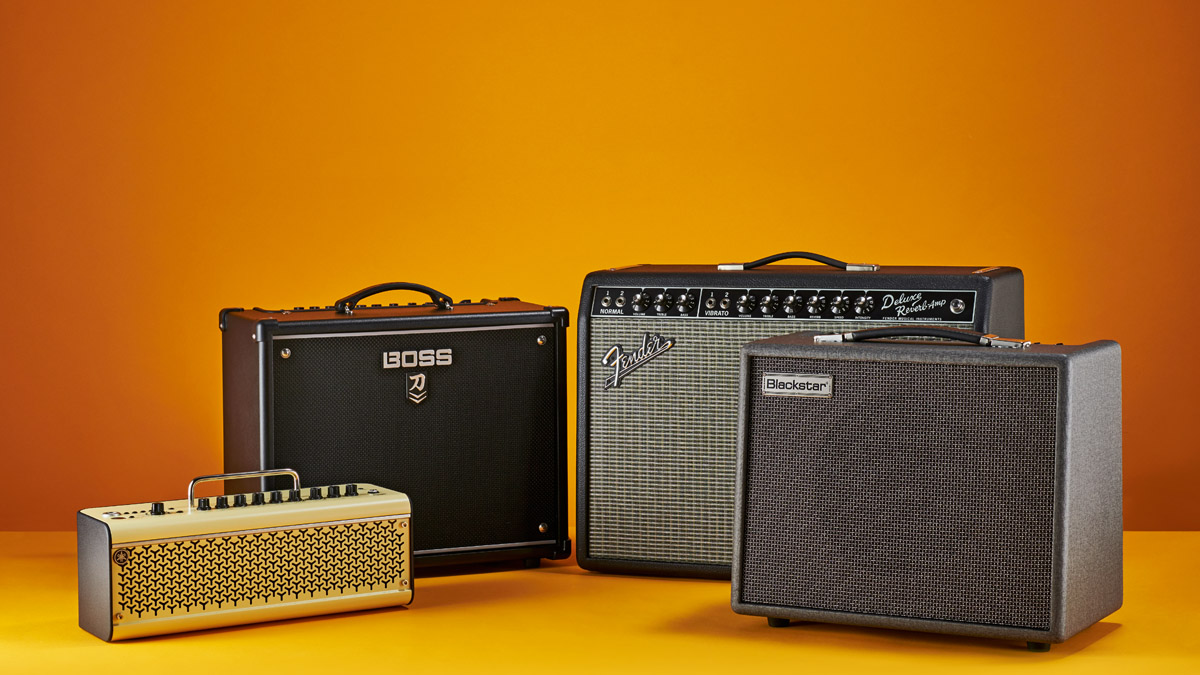
Choosing a guitar amplifier can be pretty daunting when there is so much choice. Choice of size, choice of technology, choice of features and functionality. We like to keep it simple, and the question we always come back to is: “what is the amp going to be used for?”
Answering this simple question automatically filters out all the options which, while tempting, simply wouldn’t be suitable for you. From there you can further filter between the things you want. Tone, effects, versatility and portability should all factor into your thinking here.
Buying a new amp is an exciting thing to do. Whichever style you end up choosing, make sure it’s the style that suits you and your playing needs the best.
Get The Pick Newsletter
All the latest guitar news, interviews, lessons, reviews, deals and more, direct to your inbox!
Chris Corfield is a journalist with over 12 years of experience writing for some of the music world's biggest brands including Orange Amplification, MusicRadar, Guitar World, Total Guitar and Dawsons Music. Chris loves getting nerdy about everything from guitar gear and synths, to microphones and music production hardware.
"I never use my tube amp at home now, because I have a Spark Live": 5 reasons you should be picking up the Positive Grid Spark Live in the massive Guitar Month sale
“Our goal is to stay at the forefront of amplification innovation”: How Seymour Duncan set out to create the ultimate bass amp solution by pushing its PowerStage lineup to greater heights











